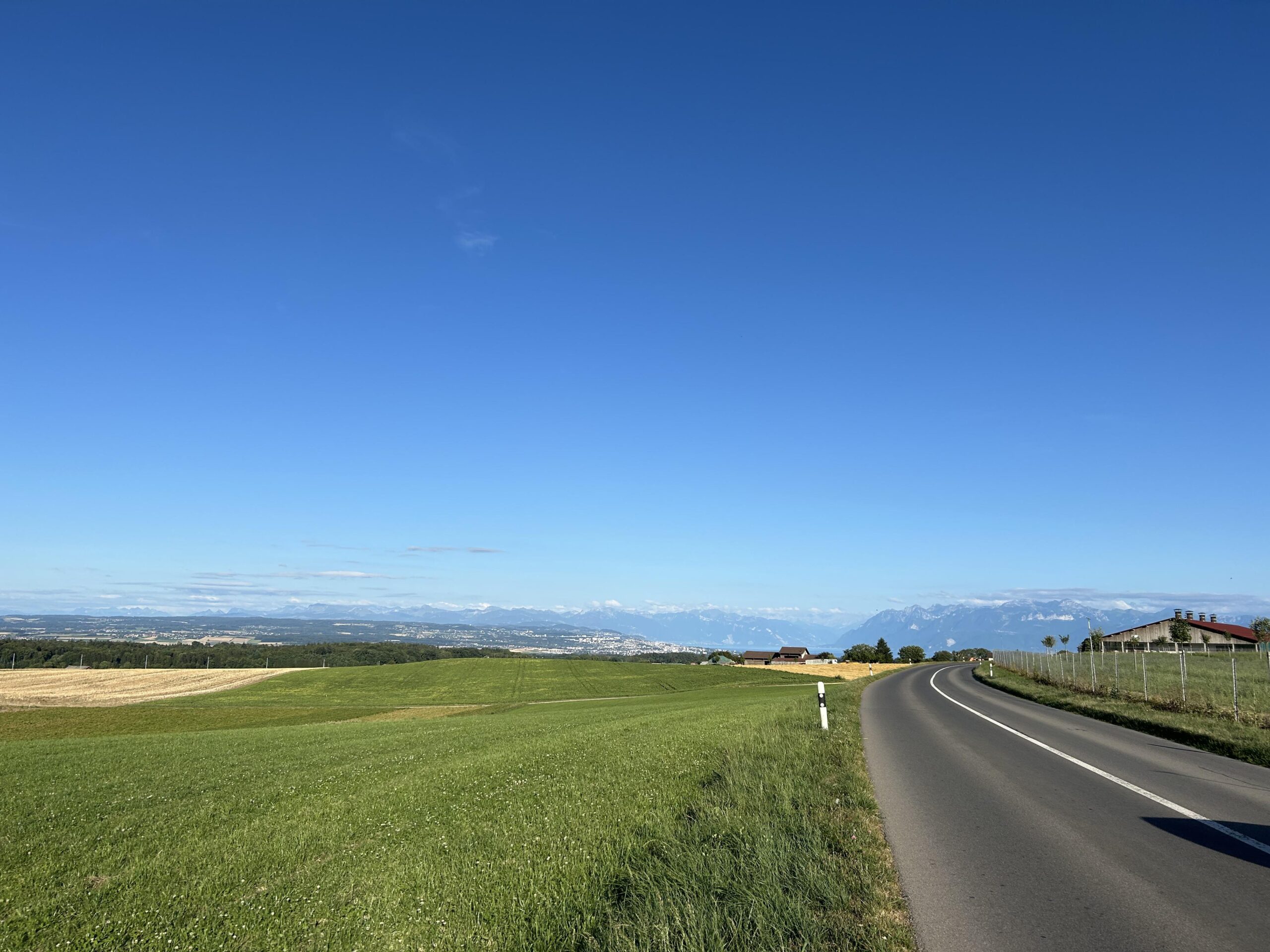Category: Swiss walks
-
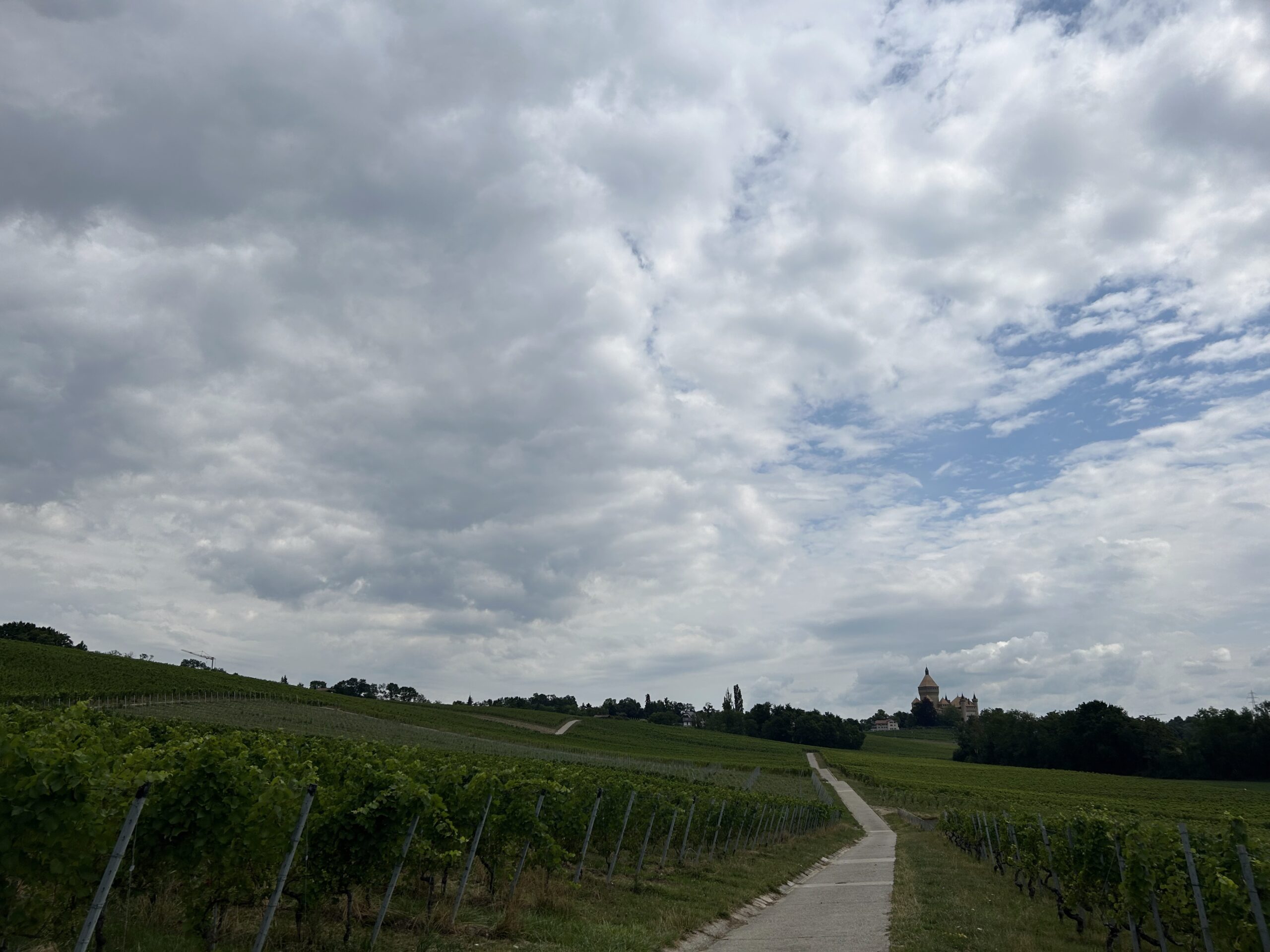
The Inconvenience of a Late Train With a Bike
Reading Time: 2 minutesYesterday I went for an evening bike ride in Geneva and I chose to take the train home, rather than cycle. In the process I saw that trains are not that convenient later at night. The reason for this is that they’re smaller, so the space for bikes is restricted. A person…
-
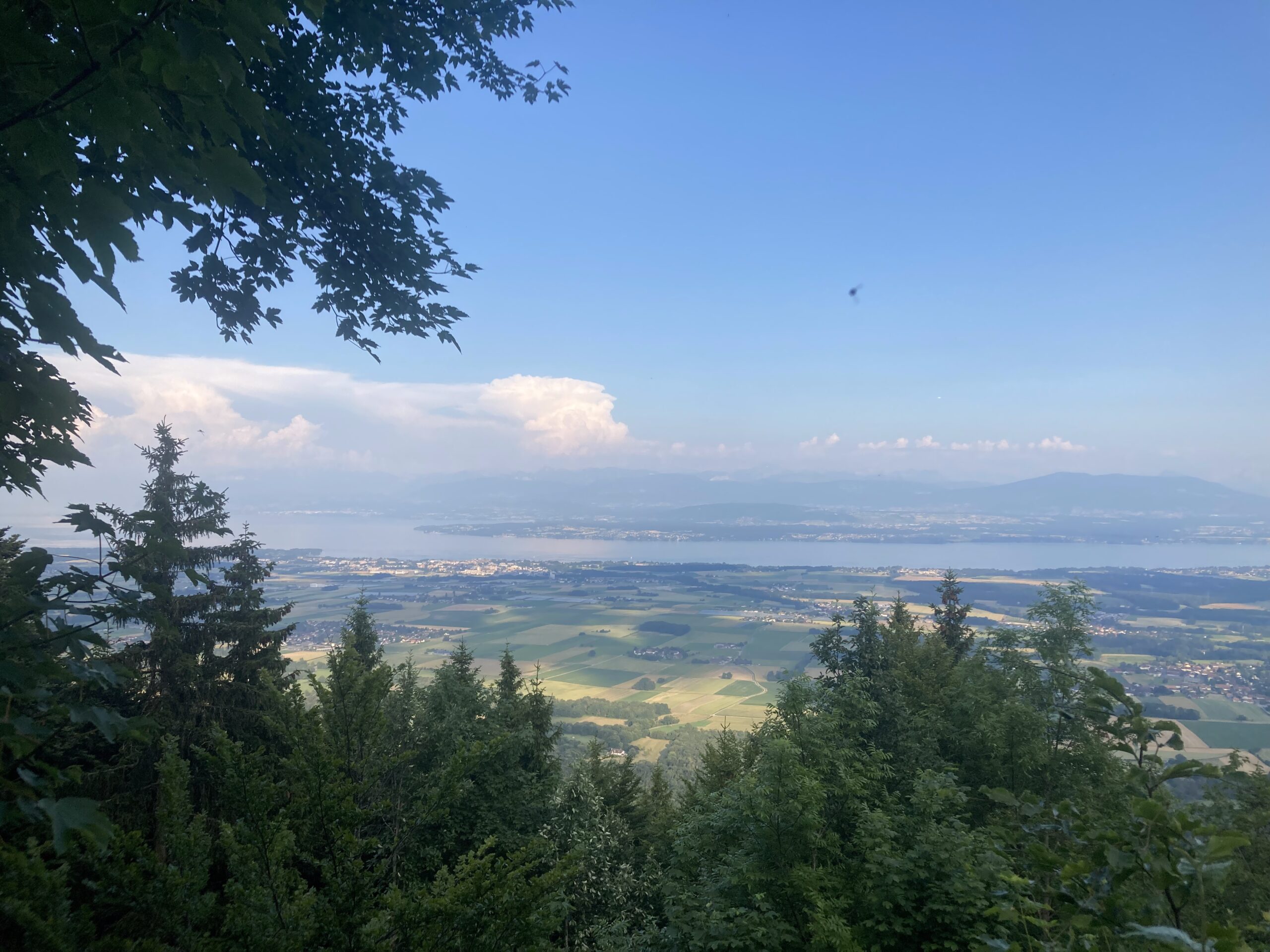
The Nyon LeCercle Ride with Thirty Two Achievements
Reading Time: 3 minutesYesterday I went with a morning ride with TDC, which felt relaxed, before going for a ride with LeCercle in the evening. This group has a high level with many of the cyclists riding thousands of kilometres per year. Yesterday I wrote about how groups that are large enough can cater to…
-
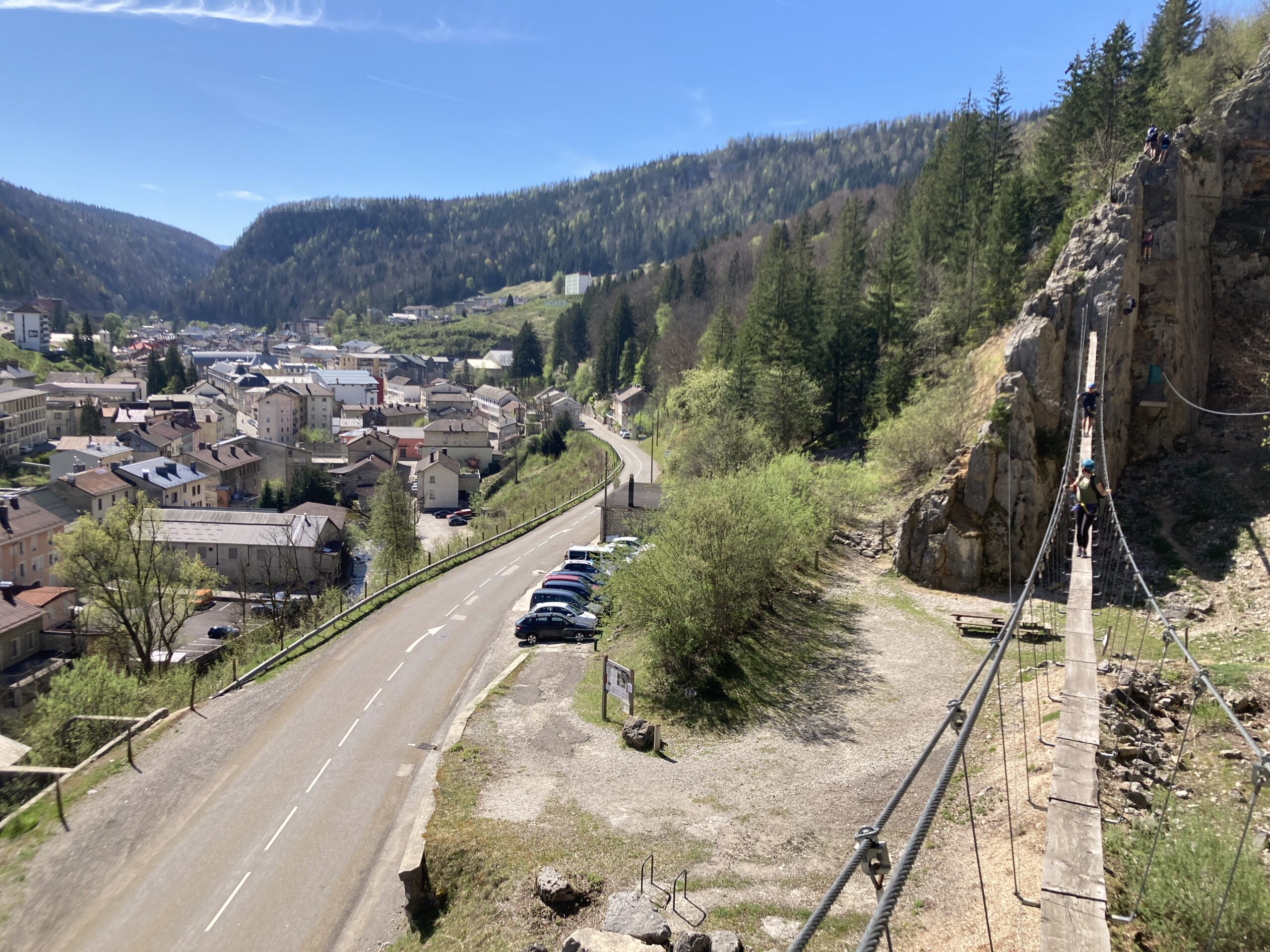
On the Irony of Expensive Cars
Reading Time: 3 minutesA few weeks ago two individuals in a car yelled abuse at a group of us who were cycling. They were mad that a cyclist did not pull in for them to pass easily. At this point I thought "Despair is not sat on a bench as in the proverb, he is…
-
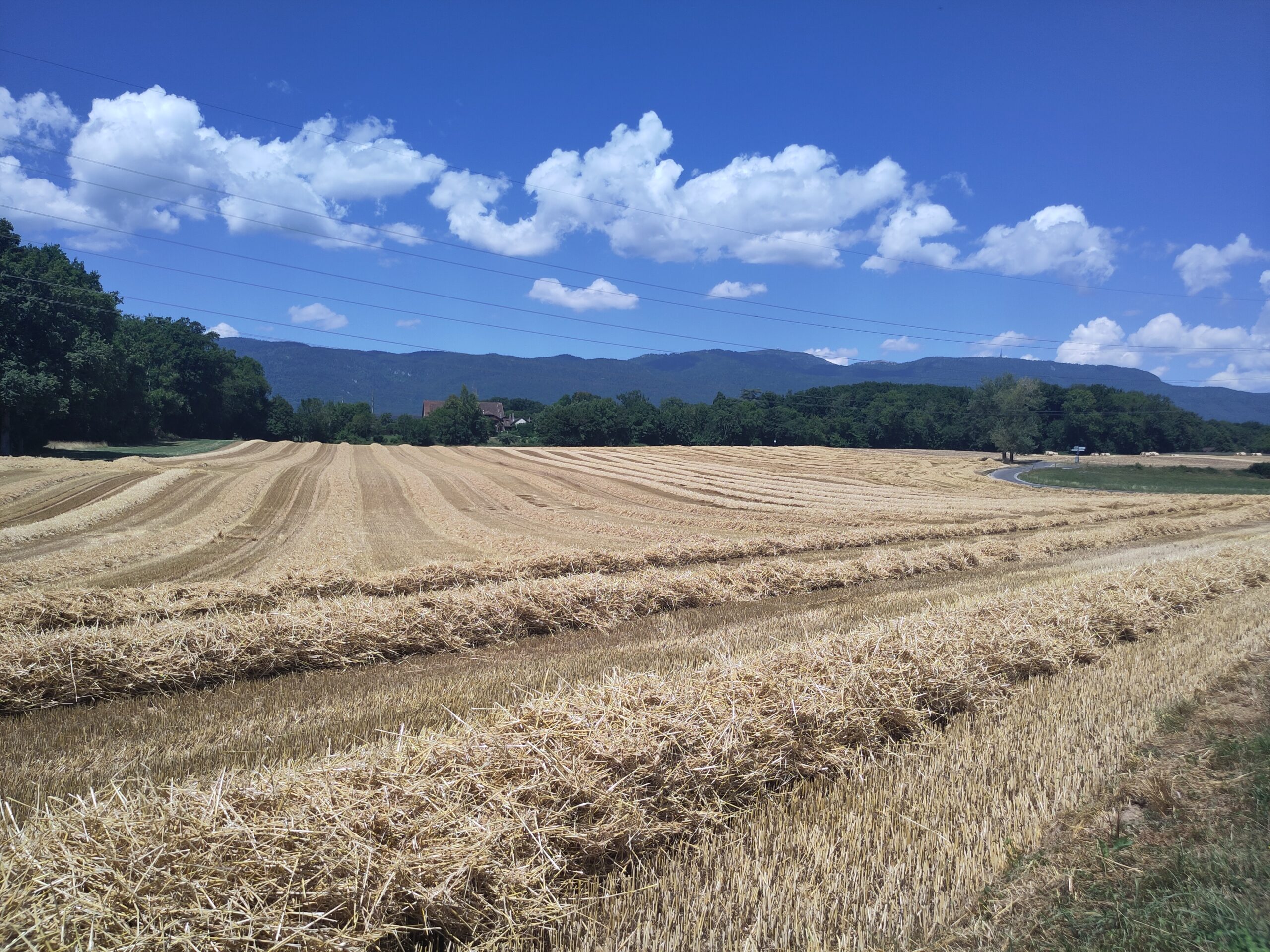
The Desire to Challenge Myself With a Different Group
Reading Time: 3 minutesYesterday I arrived to the cycling meeting place by 08:07 and the Peak group were still there, getting read to set off. It was understood that I had planned to ride with the group and I was tempted to try. The issue is that I already rode quite hard with the Wednesday…
-
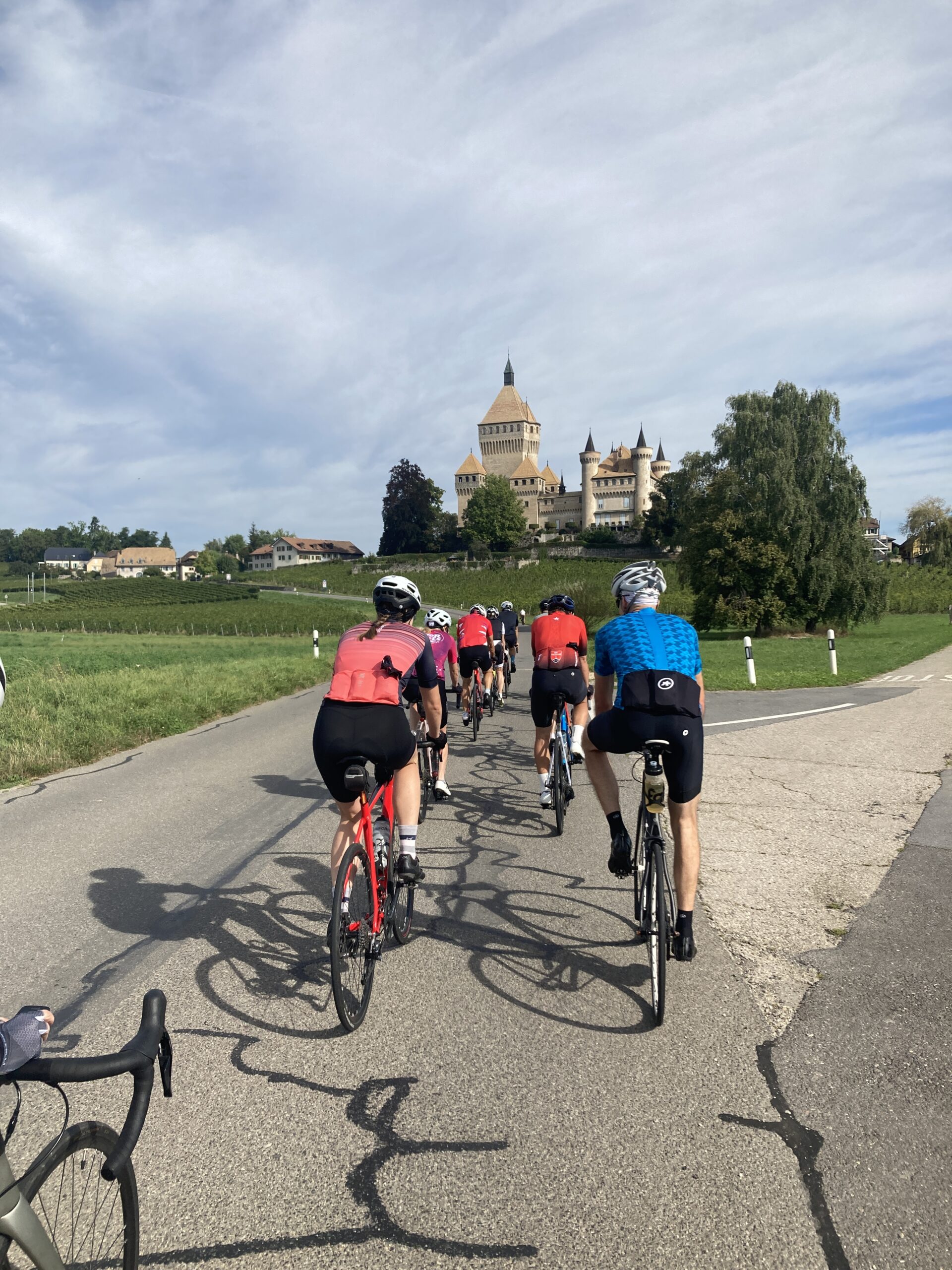
That Pumped Feeling
Reading Time: 3 minutesToday on two segments, specifically I rode fast. I rode fast because I know them well so it is easy for me to assess effort without feeling drained, or at least not too drained, and then I slowed down to the speed of the group. The rest of the time I was…
-
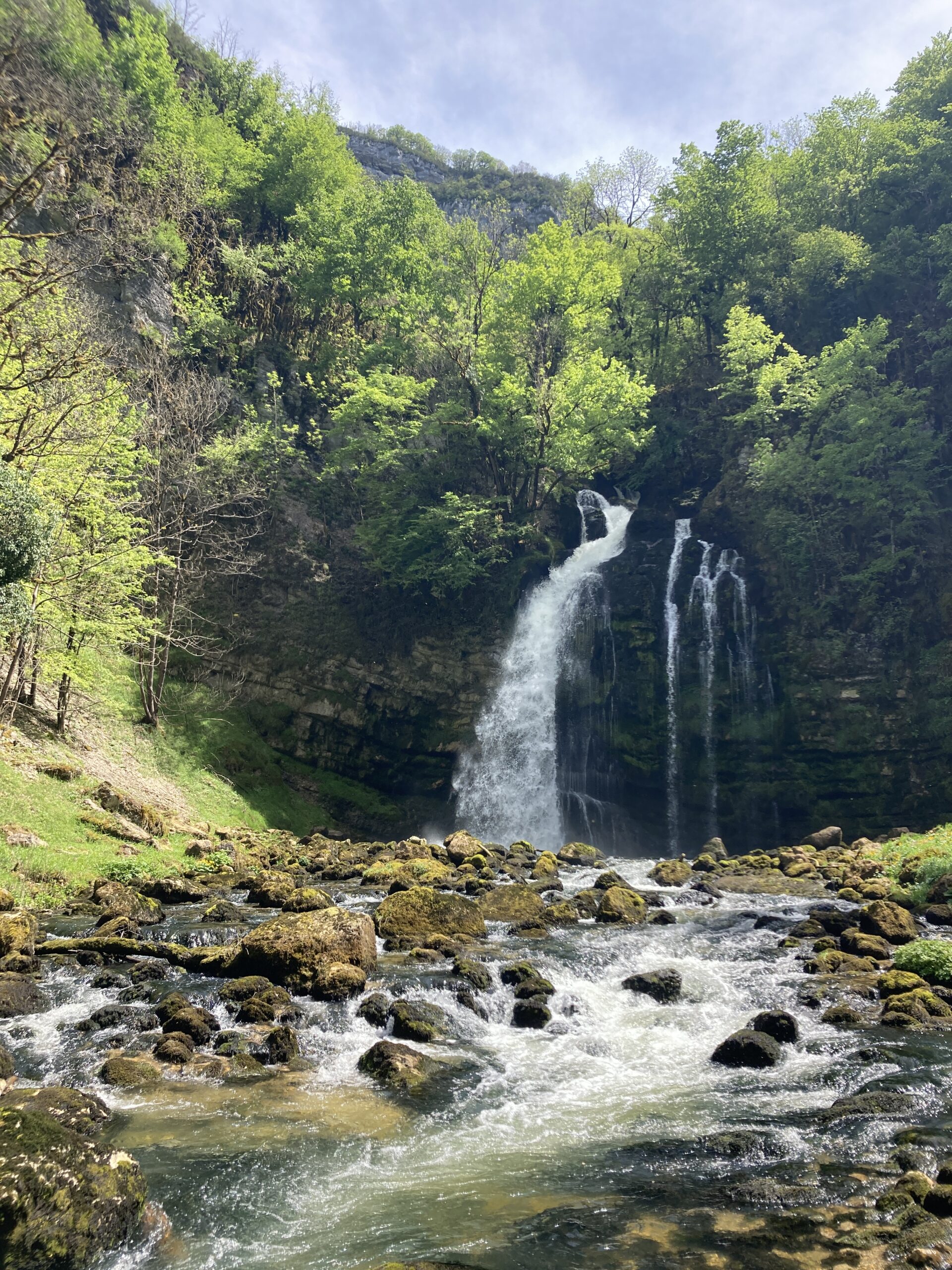
Apple Watches and Planned obsolescence
Reading Time: 3 minutesYesterday I came across something interesting and frustrating. Apple watches don’t need to be obsolete, themselves, to be unusable. If you try to pair an iphone 8 plus with an Apple Watch it will refuse because the OS is two generations too old. I tried to sync with the Iphone SE from…
-

My Strava Heatmaps on a Rest Day
Reading Time: 2 minutesToday I am resting. Yesterday afternoon I was planning to go for a bike ride with the easiest group and went with the hardest, after it was recommended that I do this. The result is that today I feel fine, but I’m still taking a rest day. Tomorrow I will have a…
